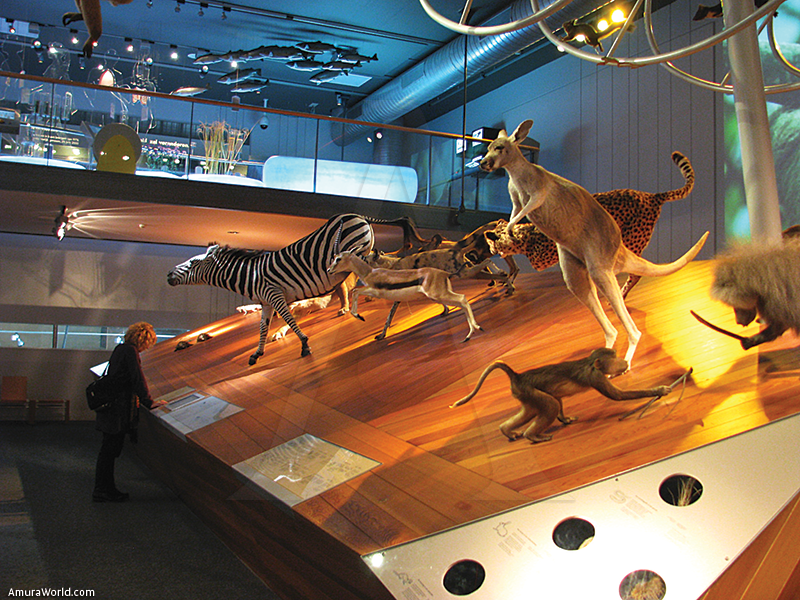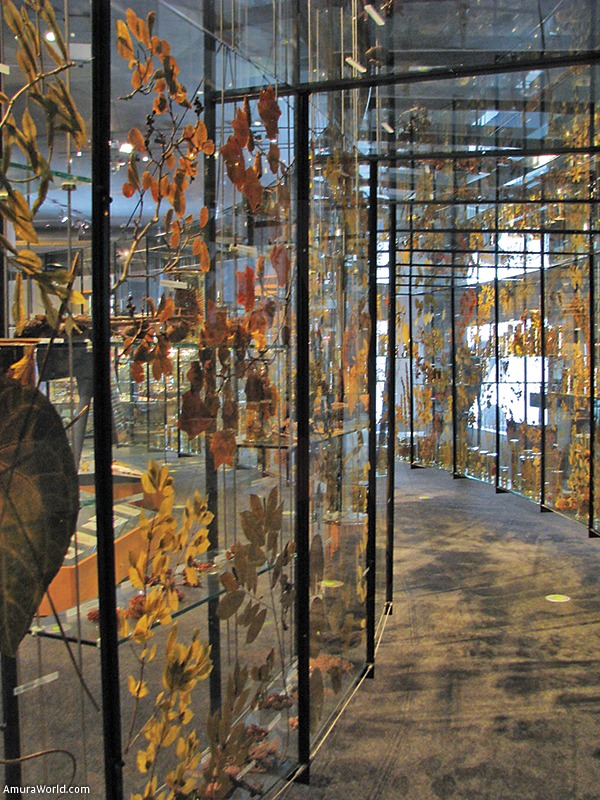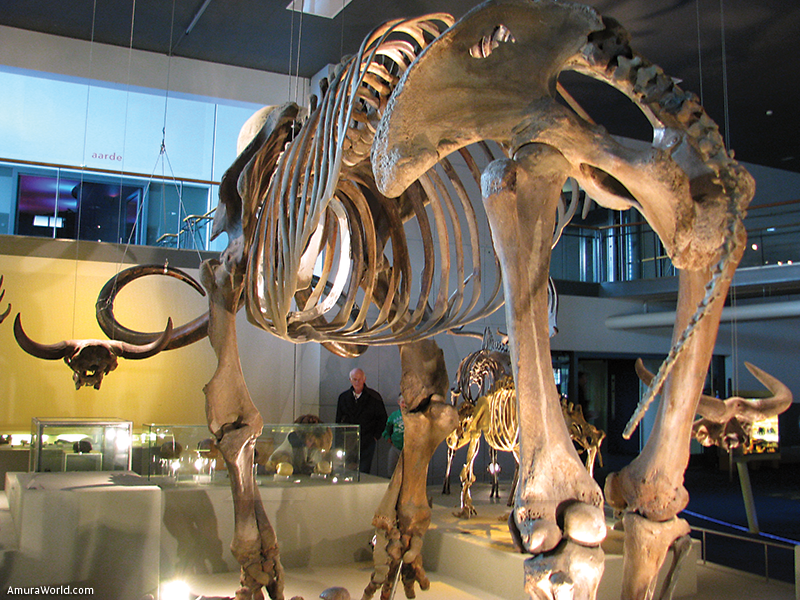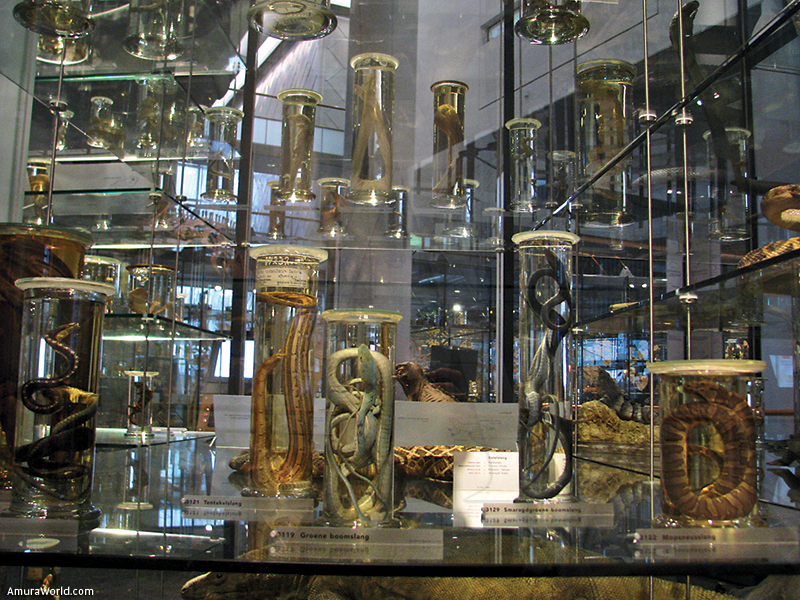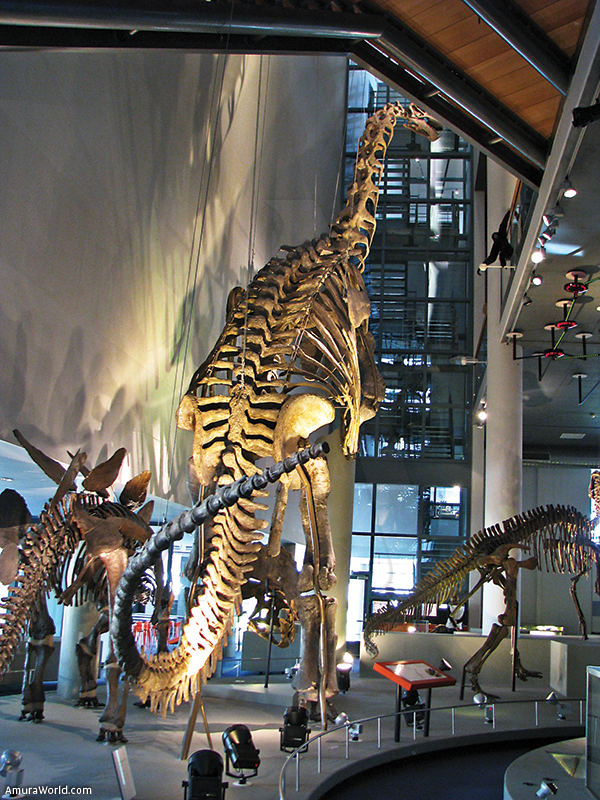From the Dutch polder to the tropical rainforest
Biodiversity is the variety of life on Earth in all its manifestations, from the smallest to the biggest, from the Dutch polder to the tropical rainforest, every type of life, genetic variation and habitat is unique and irreplaceable. Biodiversity is the most important quality of life. The mapping, understanding and explanation of the great natural diversity are our greatest challenges. The Naturalis Biodiversity Center opened its doors on January 28, 2010. It is a result of the cooperation between the University of Amsterdam (Amsterdam Zoological Museum), Leiden University and Wageningen University as well as the Research Center (National Herbarium Nederland) and the National Museum of Natural History in Leiden. The partners of the museum offer a collection of more than 37 million objects. In terms of size, this compilation is considered as one of the top five from natural history of the world.
Research
The Netherlands own a rich scientific tradition in the field of biodiversity, providing a new impetus to this story. Biodiversity is not only affected by climate change, but also by human action. It is increasingly evident that the species are threatened with extinction and migration of organisms that could harm biodiversity.
The launch of the Naturalis Biodiversity Centers creates a single national point of expertise to put knowledge in the variety of species and their evolution. Taxonomy - science of identification of species-is an important part of our activities. Describing, classifying and naming organisms of our collections is an essential prerequisite for scientific research on its existence.
Besides taxonomic studies we also focus on four new themes:
- Morphology and evolutionary developmental biology (“evo-devo”)
- Phylogeny and Genomics Horizontal
- Biogeography
- Global Change Biology.
Hidden Treasures
This modern natural history museum contains a unique collection of great scientific and cultural value; it offers a key to scientists and the general public to open the door of the rich biodiversity of the Netherlands.
Now we can discover the hidden treasures in our collections, thanks to new techniques such as DNA barcode, which allows the use small pieces of genetic material to characterize and name organisms. The collection is the anthology of nearly 37 million objects that are part of an international network of research knowledge and biodiversity. * Government funding means that we can establish a laboratory of state of the art for research related to the collection and greatly which improves the position of the Netherlands in the international network.
Collections
It has created a world-class, history and natural collection ranking fifth in the world, both in size and content.
‘Must’
The Naturalis Biodiversity Center merges with the collections of the Zoological Museum in Amsterdam and the National Herbarium of the Netherlands (currently held by the universities of Leiden, Amsterdam and Wageningen) in their integration, along with state collections and herbal heritages of Utrecht University (which is already cured).
The main parts of the collection are:
- Collection of Naturalis geology;
- Zoological Museum and zoological collections of Naturalis Amsterdam;
- Botanical collection
- National Herbarium.
Similarly our compilations will also be expanded to include a new stock of fish (catfish) of Entomology, Wageningen University and herbal Specimens from the University of Amsterdam.
The healing of these collections are both for scientific purposes and to preserve this part of our national heritage by always taking into account future generations.
Heritage
Our collections mainly focus on the Netherlands and neighboring countries, meanwhile the Southeast Asia, tropical America and Africa are also represented, we have important fossil collections of subsurface rocks as well.
Sources of knowledge and inspiration
In addition to the fusion of the collections, we will integrate optimal use of the scientists in the Netherlands and elsewhere. Part of the collections can also be seen and will be on display at the museum for the public. The added value of the Centre for Biodiversity Naturalis is that we can combine these largely complementary and put them in a central location. This will attract national and international scientists and ensure a more intensive and increased scientific and social production.
Each fossil skeleton and body retains and sheds valuable insight into the evolution and distribution of organisms as well as ecological functions, and thus is part of the key to success in conservation and sustainable development in the future.
Text: Naturalis Biodiveristy Center ± Photo: Naturalis Biodiversity Center / TUSKY TURK / BUGSINLUCITE / jones life / TDSHKM /Kerry M


